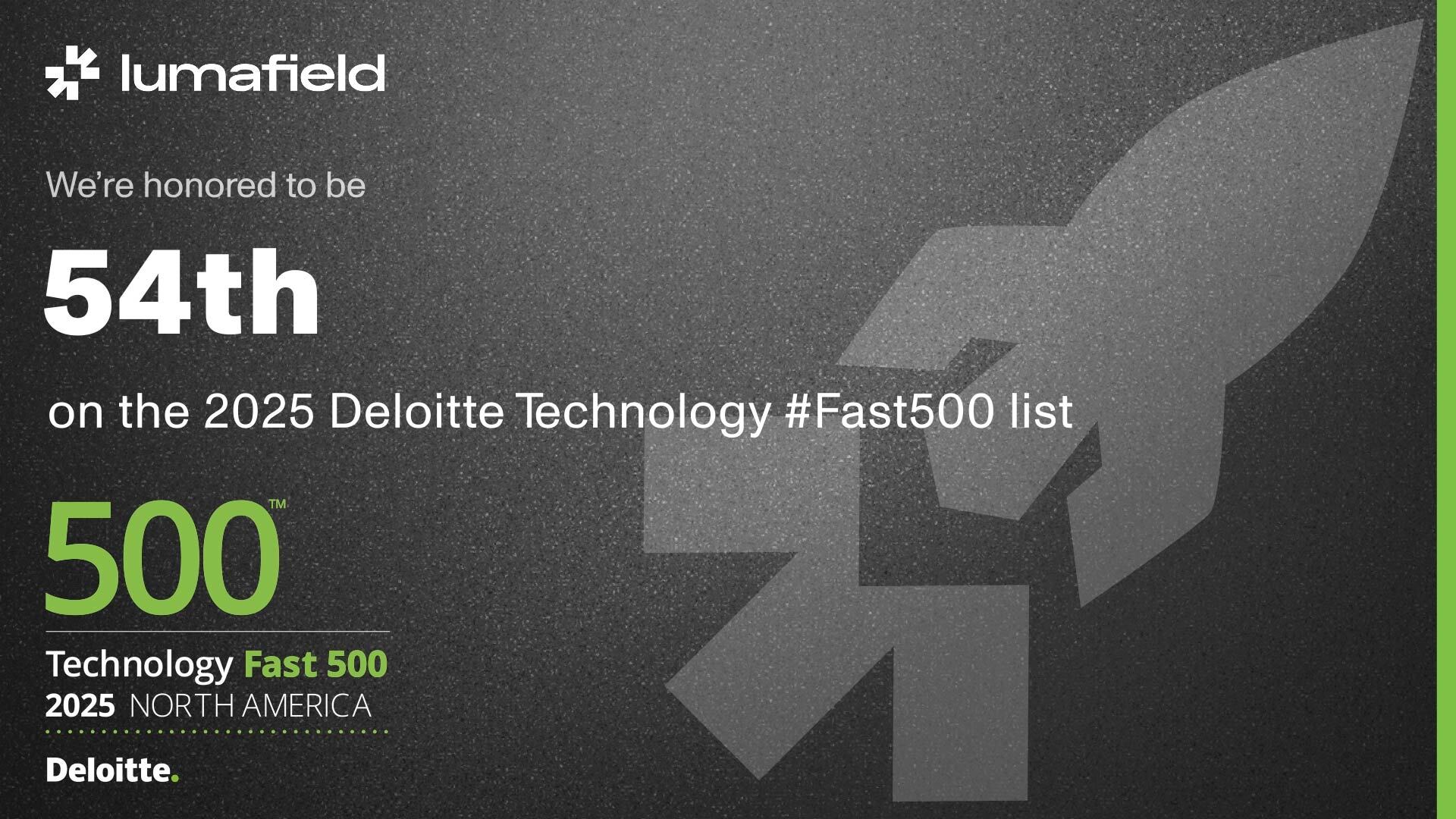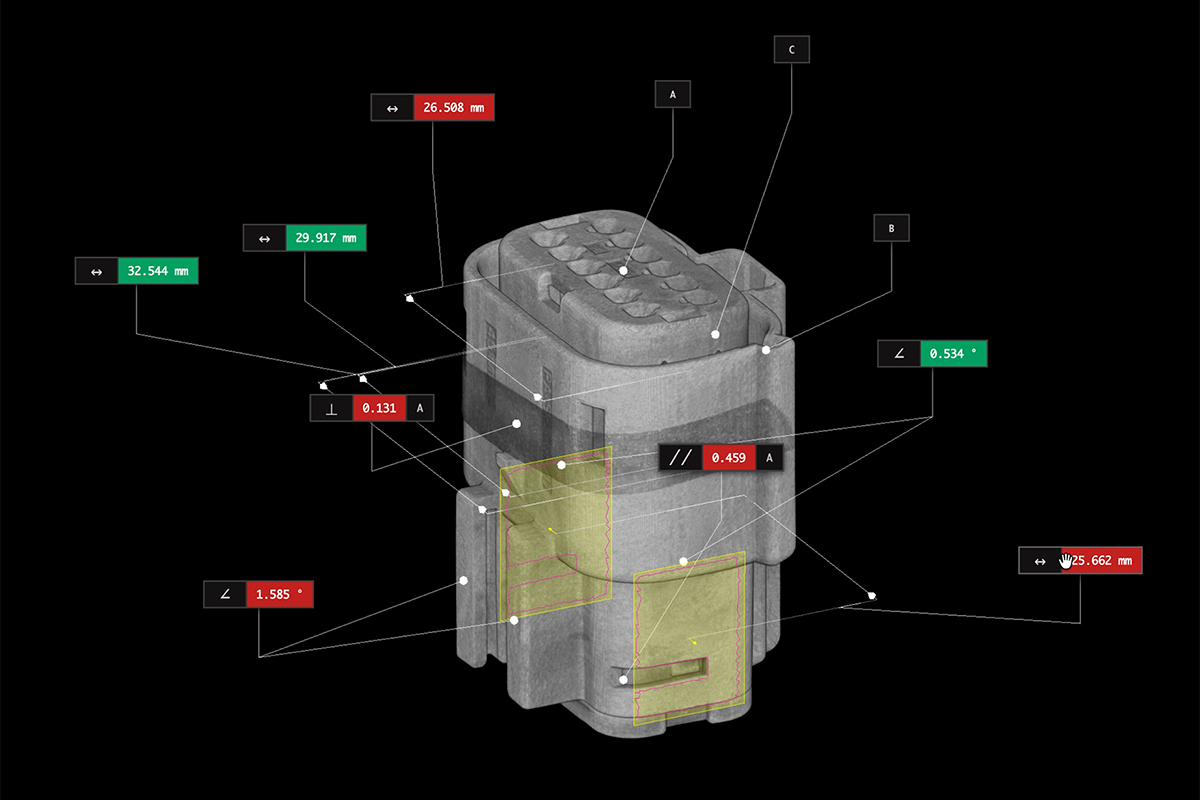What to expect when your Neptune arrives
Congratulations on your new Neptune industrial X-ray CT scanner from Lumafield! We know that receiving and setting up a new piece of equipment can be challenging, so we're here to provide you with a step-by-step guide on what to expect during the delivery, installation, and calibration process of your Neptune.
Delivery and uncrating
When your Neptune arrives, it will be securely crated on a truck. To unload the scanner safely, please do not use the truck's liftgate. Instead, you will need a forklift capable of handling 4,000 pounds. Detailed instructions for uncrating and removing the scanner will be provided. It's essential to follow these instructions carefully for a trouble-free start.
Moving into place
Once the scanner is out of its crate, it can be easily moved on its own wheels across flat, level surfaces. The scanner is designed to fit through a standard 36" door, but if your workspace is not accessible through a door at least that large, please discuss alternative location options with your installation engineer. If there are significant gaps, thresholds, or obstacles on the path from the loading dock to the final destination, you may need additional assistance such as a crew with steel plates or professional riggers.
-min.png)
Installation and calibration
Before installing your Neptune CT scanner, ensure that your designated space is clear, level, and located near a standard 120 V outlet. You will also need reliable internet connectivity. Ethernet is ideal, but Neptune scanners also support WiFi. Lumafield will provide you with detailed specifications to share with your IT team to guarantee that your network is ready for your Neptune.
Your installation engineer will handle the setup and calibration process. By the end of the installation day, your scanner will be fully operational, and you'll be prepared for Lumafield's comprehensive training program, ensuring that you can make the most of your new Neptune CT scanner.
Getting started
Now that you know what to expect when receiving and setting up your Neptune CT scanner, the only thing you need to worry about is what you’ll scan first. Our CT 101 video library is an excellent place to start. There you'll find guidance for getting the most out of your scanner as well as Voyager, our browser-based analysis software that makes it easy to share data with your colleagues and collaborate in real time.
If you have any questions or need further assistance during the installation process, please don't hesitate to reach out to our dedicated support team. Scan on!









